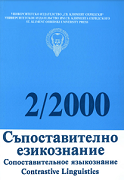
We kindly inform you that, as long as the subject affiliation of our 300.000+ articles is in progress, you might get unsufficient or no results on your third level or second level search. In this case, please broaden your search criteria.

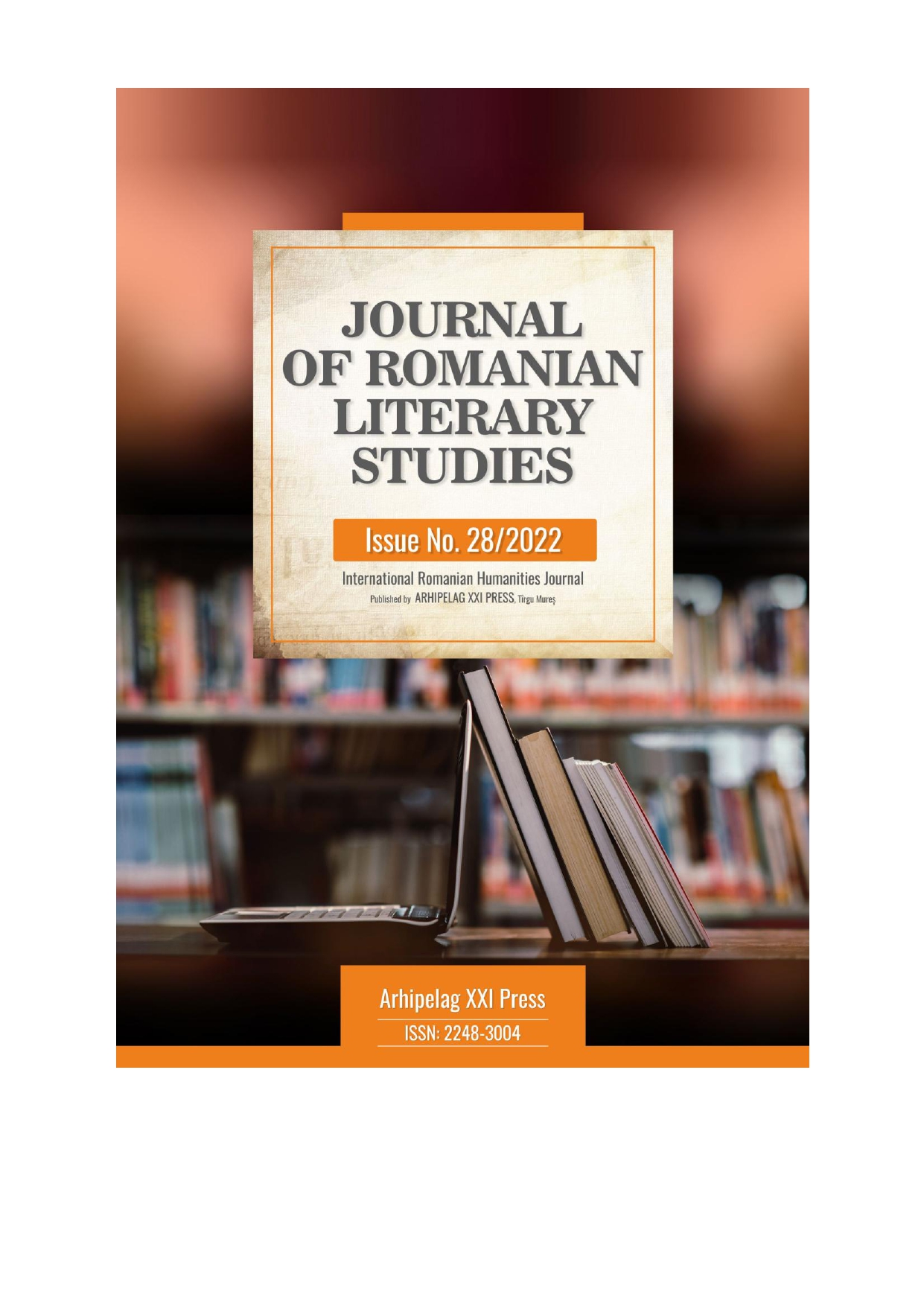
Human languages, in all their forms (speech, writing, signs, etc.), are based on a fundamental constant: they vary depending on the context and the people involved. Just as space and time cannot be repeated or duplicated, so human interactions are unique. The principle of difference defines all spheres of human activity, the concept of identity being purely theoretical and not applicable in reality. Although these differences can be observed starting from the cellular level, we do not need to be experts in biology to understand how the world is structured. We just have to look around and notice. In the 1920s, labov was writing about the differences and variables one can find in languages, and in recent decades, sociolinguists have deepened his theories and found that those variables are dictated not only by culture, age, religion, education, or environment, but also by gender. According to them, people speak differently also because they are biologically different. Considering that the notion of gender is extremely important for our times and that communication is one of the defining components of society, we shall try in the paper to present the gender differences in language and to exemplify them.
More...
Review of. MARTINA POWER, Hory a moře mezi „námi“. Vnímání hranic a prostoru v německé a britské cestopisné literatuře o Čechách a Irsku v letech 1750–1850, Praha 2015, Karolinum, 394 s., ISBN 978-80-246-2260-6.
More...
This article is a succinct approach to the importance of the Romanian language and the diversity of changes it suffered throughout the process of Anglicization. We have also highlighted the fact that the influence of the English language has led and still leads to the vocabulary internationalization that enriches the common language, as well as the specialized language, and facilitates the communication between professionals of various fields of activity. This way, the number of neologisms in contemporary Romanian language has increased because all the words borrowed from English are neologisms. This massive borrowing of Anglo-American terms has manifested the most during the recent decades and has led to major changes in both the Romanian common lexicon and the specialized language.
More...
The present study aims to highlight certain relevant aspects of syntactic order, encountered throughout the poems of Ștefan Augustin Doinaș. The main purpose of these aspects is to make the work understood as well as possible, by discussing in detail and explaining some issues that generate artistic complexity. Understanding syntactic aspects will make the reader understand why the lyrical self proposes several variants of the same word level and it shows the functionality of some words following some combinations of stylistic nature.
More...
The present study aims to highlight certain relevant aspects of morphological order, encountered throughout the poems of Ștefan Augustin Doinaș. The main purpose of these aspects is to make the work understood as well as possible, by discussing in detail and explaining some issues that generate artistic complexity. Understanding morphological aspects will make the reader understand why the lyrical self proposes several variants of the same word level and it shows the functionality of some words following some combinations of stylistic nature.
More...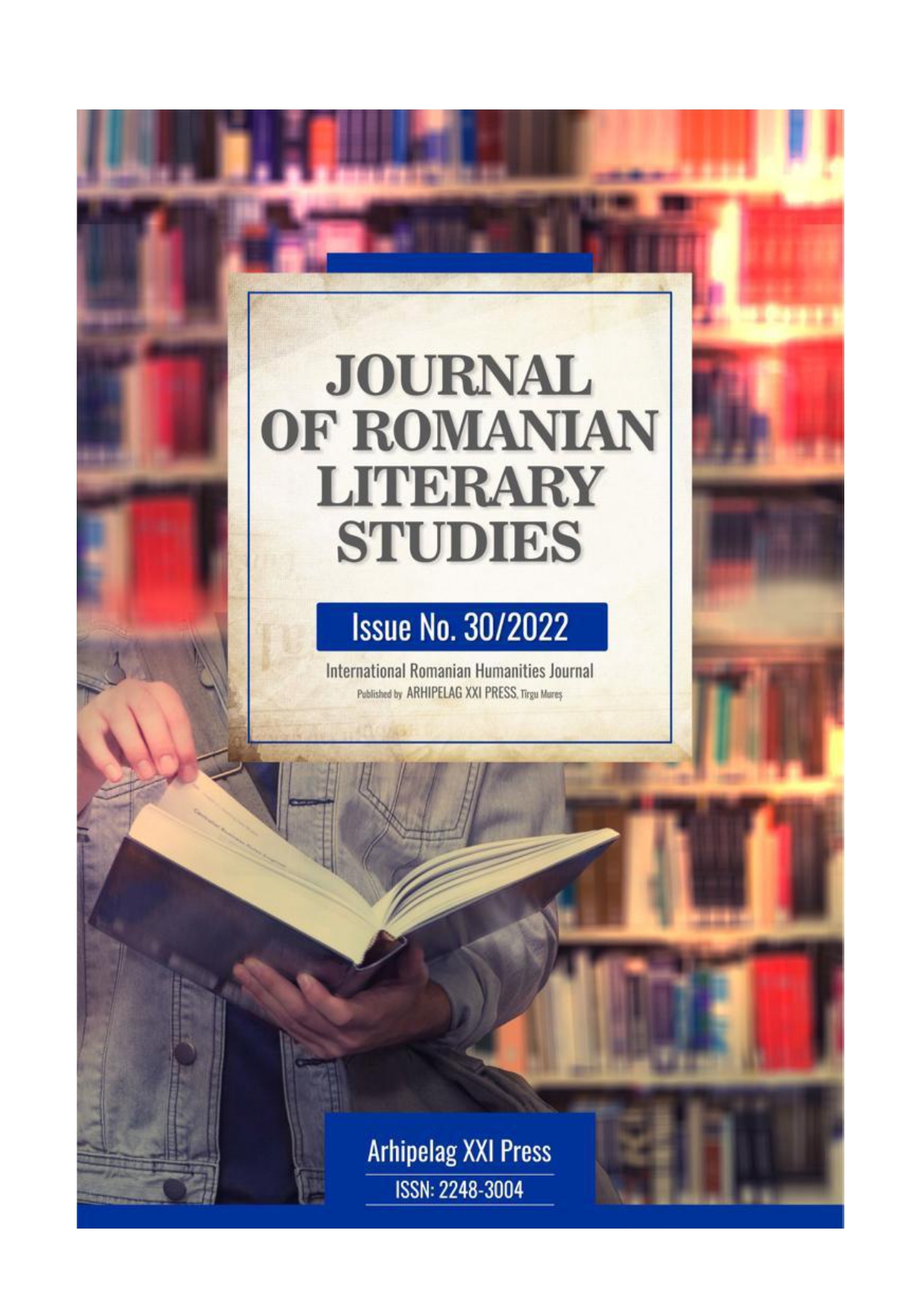
In this article, we try to give a definition of the conceptual metaphor as a means of rendering the universal or cultural specific aspects of a people, definition which comes in opposition to the one embraced by classical linguistics. We also present some aspects related to idioms, offering a few examples from Romanian and English, instances that will have as a core the concept of "dream". The study is based on the Conceptual Metaphor Theory introduced by G. Lakoff and M. Johnson and the one suggested by the Australian professor A. Wierzbicka by creating the prototypic cognitive scenarios of the mental models typical of a concept from a certain culture by using the Natural Semantic Metalanguage (NSM).
More...
As generally known, nouns manifest certain variations in their plural forms in German language, as some may have a second or even a third plural form. In most cases, only one variant is classified as standard use, while the others can be used as regional colloquial alternatives. This paper attempts to outline nouns borrowed from other languages with special plural forms and to explain the meaning of various idioms in which they are inserted.
More...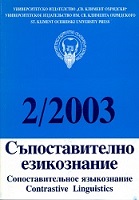
Review of: Ив. Куцаров. Славяните и славянската филология: Очерк по история на славистиката и българистиката от втората половина на XIX до началото на XXI век. Пловдив, Пловдивско университетско издателство “Паисий Хилендарски”, 2002, 847 стр.
More...
Borrowing as an external factor is an important means of vocabulary enrichment. As for the Romanian lexicon, a major importance in its formation is represented by the influence of English and French. These foreign words, taken from other languages and included in the Romanian vocabulary, are adapted to the language systems. Some words entered the Romanian language directly (through direct contact between peoples with different languages; orally) or indirectly (through books or in writing in general, having a religious or bookish character). These loans were possible due to various factors, among which we can identify the geographical space around the Romanian territory, various relations between people.
More...
The article is devoted to the investigation of the way images are created with the help of the conceptual metaphor within the phraseological units in the English and Romanian linguistic pictures, regarding the antonymic relationship between the concepts of “success” and “unsuccess”. The aim of the article is to find both common and particular components of the English and Romanian antonymic phraseologies that lead to creating images through metaphors related to the concepts mentioned above. The methods used for this research are those of general linguistics, but also those specific to cognitive linguistics. English and Romanian are languages that have many differences from a structural and semantic point of view, and their phraseologies have not been investigated enough, let alone the relation of antonymy between the two concepts proposed.
More...
Borrowing as an external factor is an important means of vocabulary enrichment. As for the Romanian lexicon, a major importance in its formation is represented by the influence of English and French. These foreign words, taken from other languages and included in the Romanian vocabulary, are adapted to the language systems. Some words entered the Romanian language directly (through direct contact between peoples with different languages; orally) or indirectly (through books or in writing in general, having a religious or bookish character). These loans were possible due to various factors, among which we can identify the geographical space around the Romanian territory, various relations between people.
More...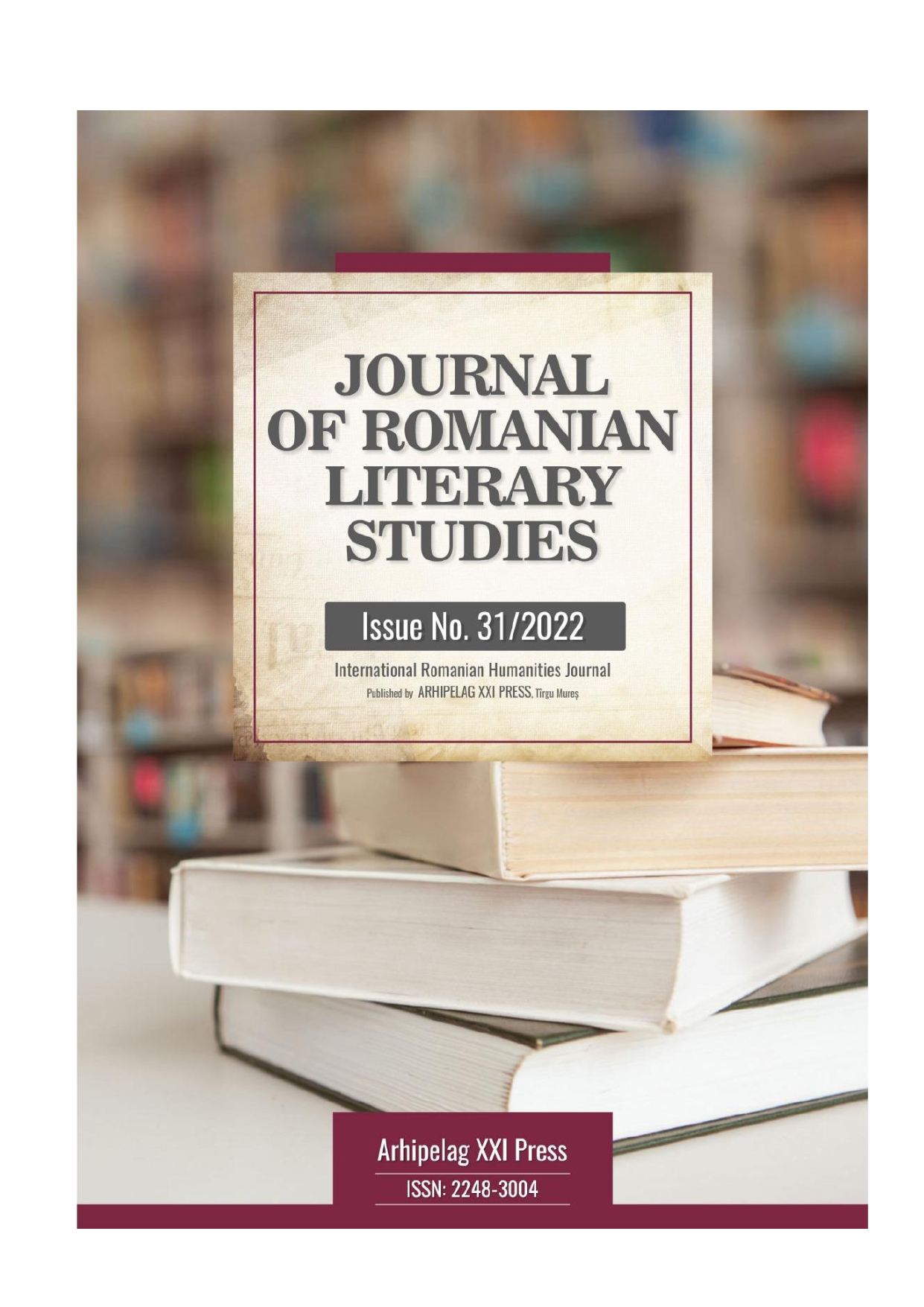
The study explored the dynamics of the mechanisms underlying assertive communication in formative contexts. In particular, it looked to examine the effectiveness of explanatory models in which empathy, honesty and conscientiousness predict dimensions of assertiveness: the discomfort provoked by assertion (DAI) and the likelihood that individuals will use assertive language (RP). Furthermore, the study aimed to identify which of these factors affect to the greatest extent this type of speaking and, also, to investigate the variability of assertive language with respect to gender of participants. 229 participants filled – out Assertion Inventory (AI - Eileen Gambrill, Cherly Richey, 1975), and other self-report measures assessing their empathy (Toronto Empathy Questionnaire - TEQ; Spreng, R. N., McKinnon, M. C., Mar, R. A., Levine, B., 2009), honesty and conscientiousness (Honesty-humility and Conscientiousness scales from the HEXACO Personality Inventory – Ashton and Lee, 2001). The results showed that participants who have higher levels of empathy, honesty and conscientiousness will tend to express lower assertion discomfort. Also, participants who exhibit high levels of empathy, honesty and conscientiousness will be more likely to use assertive language.
More...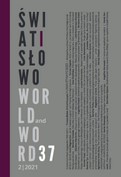
The article presents the history of the student jargon. The author describes the vocabulary used in the period: second-half the 19th century – first half the 20th century; the lexis belongs to the thematic category „cheating”. In the text the reader gets to know theses: 1) the lexis discussed is the root cause of one of the most extensive lexical-semantic categories of the student jargon in the post-partition period (after the period of the Partitions of Poland); 2) in former student language a shared store of the vocabulary exists – this group is independent of the administrative dependence of schools; 3) we notice much former vocabulary in the contemporary jargon; 4) we will notice jargon words in the general Polish in the 19th century; 7) we can see the participation of criminal jargon from the 19th century.
More...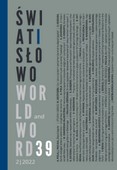
From the history of school sociolect – lexis from the category of „punishing students” The author describes in this article the history of the student sociolect. The subject of the description is the vocabulary of students from the period: from the second half of the 19th century to the first half of the 20th century. The vocabulary relates to the thematic category of „punishing students”. This category includes a vocabulary relating to the use by teachers of methods and forms of rebuking students’ attitudes and behavior, forcing students to submit in not always standardized situations. The sources include texts by Ignacy Wolanowski, Henryk Ułaszyn, Henryk Łopaciński, Józef Magiera, Edward Klich, Piotr Ciuła and Włodzimierz Czarnecki. There are sixteen dictionary units in the publications. Most of the lexis are words attested by texts describing the student dialect of the second half of the 19th century.
More...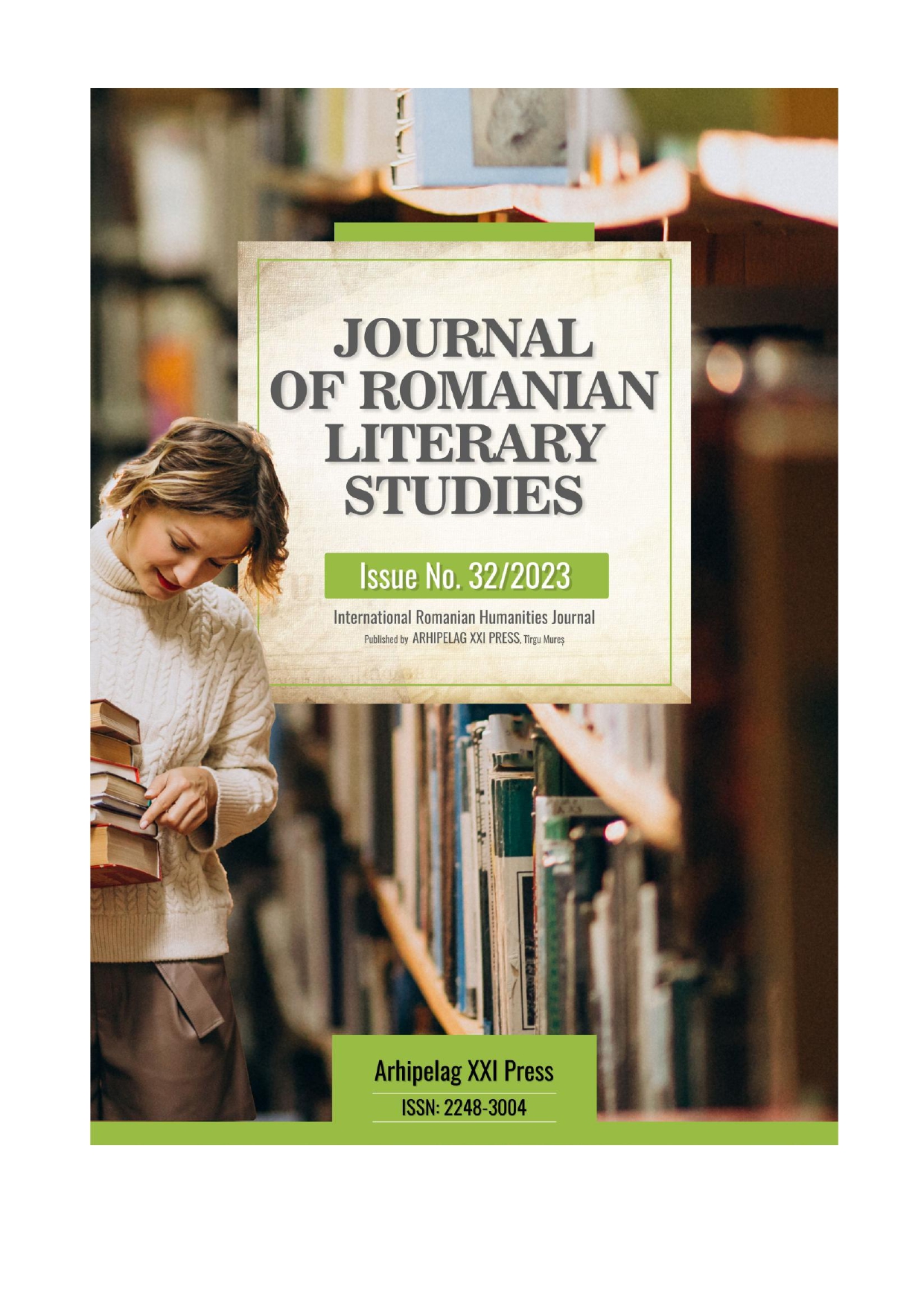
Idiomatic expressions are considered special creations of various languages as they reflect the specific cultural way the people think and bear a metaphoric or metonymic meaning. Moreover cognitive linguistics says that we perceive the reality by means of our body and environment, thus various cultures makes use of similar linguistic means to render various cultural scenarios with cases of universal linguistic representation of similar cultural patterns. Since old times writers used to speak about various vices of humans by means of animal images so as to soften the criticism and the process of deriding the weaknesses of people. However, the existing linguistic expressions were constructed in the course of language development being influenced by some previous common writings as the religious books and common human dwellings since ancient times thus explaining the common cases of associating similar animals with similar situations cross-culturally. The idioms that differ among various languages witness about the different mentality of the humans representing different cultures. In this study we compare the images of domestic animals in English, Romanian and Russian so as to identify the possible similar cases and most important, those culturally specific ones so as to help in understanding which way to conduct an intercultural communication in a correct way.
More...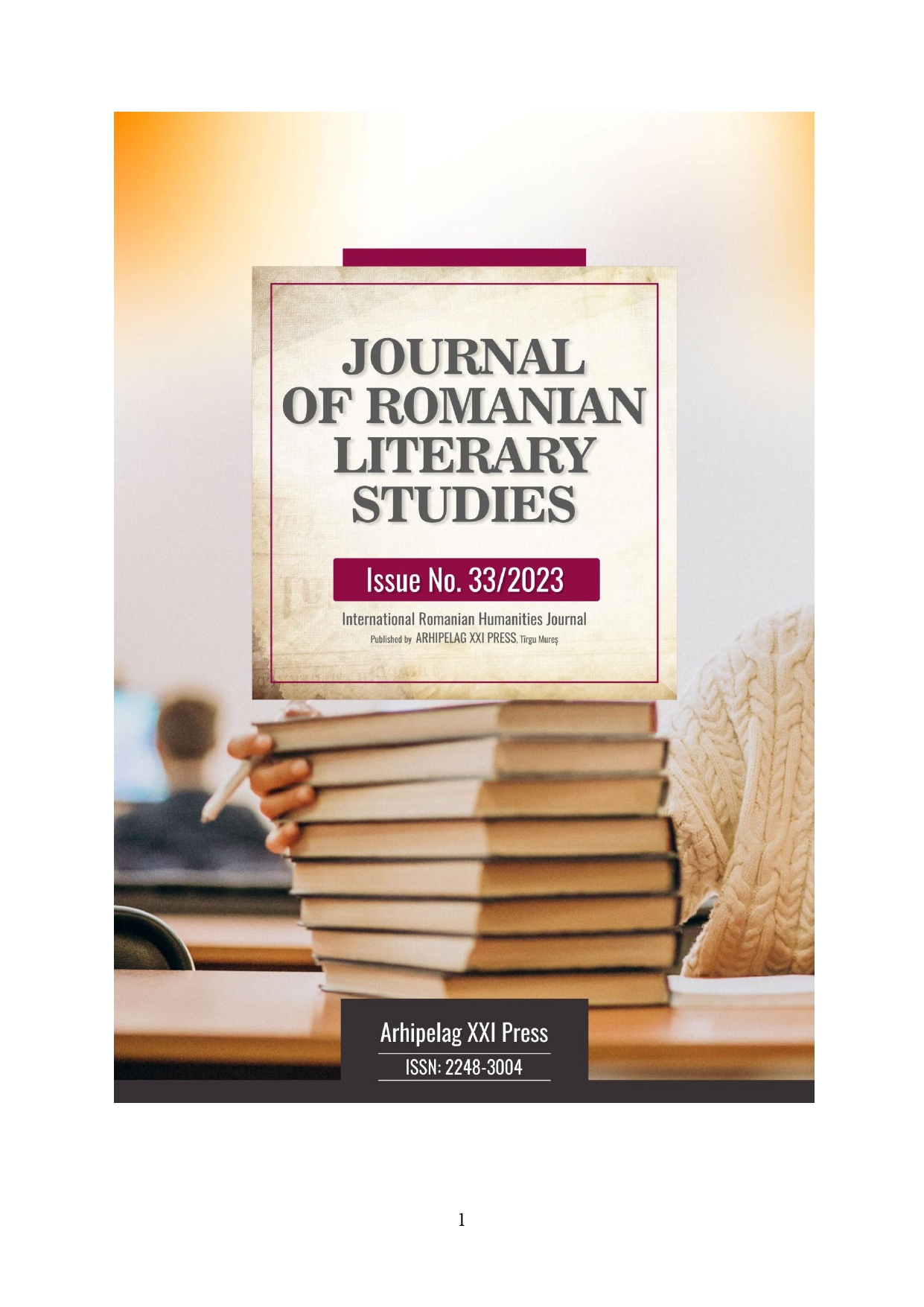
Starting from the users’ exposure to proverbs in both Romanian and English languages, I am going to analyse the Romanian and English communities’ members’ reactions to possible similarities as well as to cultural differences. Do proverbs shed light on cultural aspects? Do proverbs promote a new understanding of communities values and preferences? Using the thematic approach and underlining the pragmatic signification of the philosophical and the cultural levels, when referring to man and woman within proverbs, we want to prove how much languages and cultures – even if they do not share common roots – are entwined and may display common elements. Differences at the language level might make people have different worldviews. Social life determines people’s relationships and the way culture is learned. Proverbs are rich in connotative meanings and the translator’s work should be carefully done, being aware of the concepts in both source language (SL) and target language (TL).
More...
The chapters entitled The Rights of Romanians to the High Porte and Collective Works and Official Acts during the 1848 Revolution, published in the first volume of Nicolae Balcescu's work, Historical, Political and Economic Writings, provide us with valuable information about the configuration of the literary Romanian language in Wallachia between 1780 and 1860, about the influence of Latin-Romance borrowings on the Romanian lexicon, and about the development and modernization of the legal- administrative style. The legal-administrative style appears as a variant of the language and reflects the relationship between the citizen and public institutions, its specific terminology comprising both words from the common language and strictly specialized words, which individualize this specialized language: abuse, administrator, assembly, voters, elections, ruler, commission, decree, delegate, deputy, magistrate, servant "official".
More...
The first decades of the 19th century are characterized both by the unification and modernization of the literary Romanian language and by the enrichment of the lexicon with words from Romance languages. The explosive development of science and technology in the modern era, the growth of inter-cultural exchanges and the accumulation of knowledge in various special fields led to the emergence and development of Romanian scientific terminology. Bălcescu participated in the process of creating, enriching and perfecting specialist terminology in several fields of science: socio-politics, history, religion, economics, by introducing into his writings a large number of terms borrowed from Latin-Romance languages, but also by creating new words, through the process of linguistic calque. In order to contribute to the understanding and understanding of certain specialist terms, the writer resorted to glossing them, explaining them in periphrases or familiar words. In the process of specialising terms, some words change their meaning and become fixed in socio-political terminology with the meaning they will retain to this day. Thus, 'elect' evolves from the meaning 'to accept' to today's meaning - 'to designate by vote'. Through his constant activity and the variety of topics he dealt with, it can be said that Nicolae Bălcescu contributed to the evolution of socio-political terminology in Romanian.
More...
The evolution of ideas and facts in library science is due, as in other fields, to some personalities, because a field cannot exist in time if it does not have behind it those pillars on which a vocabulary or terminological language can be created. The terms from the biblio-economic lexicon are grouped into lexical systems, isolated from the words from the common lexicon, and are correlated with other objectual-notional fields. The article presents an analysis of the structure of the terms in the field of Romanian library terminology is generally mentioned as one of the main methods of researching terms in linguistics. Insights derived from statistical accounts of a domain's vocabulary can be useful in solving and clarifying specific qualitative and quantitative problems regarding language use. In the linguistic research regarding the library terminology, we rely on the information extracted from specialized publications, the research is about the 17452 grammatical terms and phrases.
More...